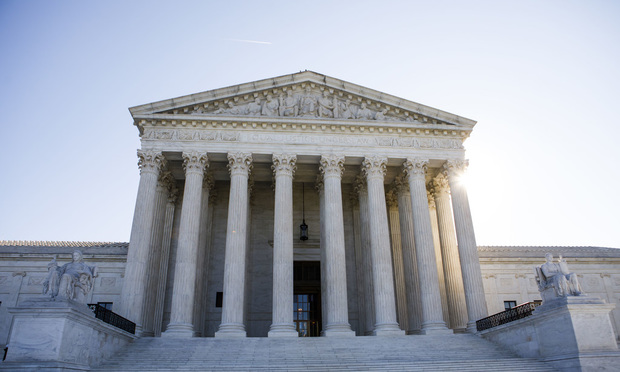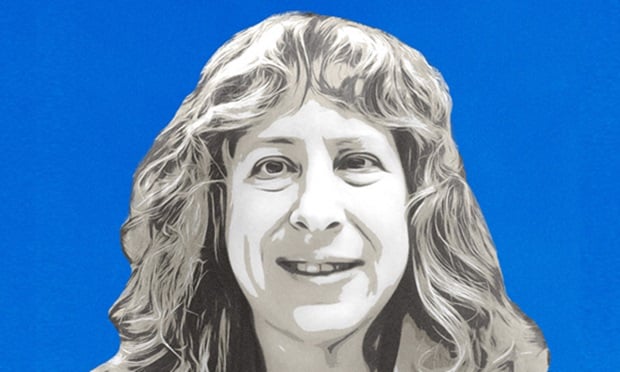In New Orleans, one of the favorite songs played by jazz bands is, "When the Saints Go Marching In," and they aren't just talking football. The tune has been around for decades and was penned in 1896. Louis Armstrong made it famous with a 1938 recording, and it has since been heard around the world, with performances by a variety of musical artists including Pete Fountain, Judy Garland, Pete Seeger, Percy Faith, Elvis Presley and many more. One of the most popular melodies ever recorded, it has stood the test of time.
People like music, and they like to hear good tunes and good news. What almost no one likes to hear is news that is troubling, whether it's personal or nationally calamitous. Part of the problem with the Patient Protection and Affordable Care Act is that the news that comes out concerning every new HHS bulletin can be seen as either detrimental to the economy or helpful to the general citizenry, based on what side of the political aisle that develops the talking points for the media. Conservatives have their bias, and so do the liberals. The truth is likely somewhere in between.
The harsh reality is that health care has the stamp of Big Brother — good, bad or ugly. Here are the top four concerns about how the federal government is going to treat you under PPACA:
Recommended For You
1) Higher taxes — According to FactCheck.org, "The total mandate penalty revenue is only a small part of the total tax increases under PPACA, which are estimated by the Joint Committee on Taxation to be $49.9 billion in 2016 alone, and to total $676.3 billion over the next 10 years (excluding mandate penalties). And the biggest revenue-generating taxes by far fall on those earning more than $200,000 a year, or $250,000 a year for couples.
Those upper-income earners will pay an additional 0.9 percent Medicare tax on income above those thresholds, and they'll pay a 3.8 percent tax on investment income. Those two taxes in the law account for $317.7 billion over 10 years, according to JCT estimates. That's 47 percent of the total tax revenue from the law — again, excluding the mandate penalty.
The next largest tax is the excise tax on high-cost health insurance plans, which is expected to bring in $111 billion over 10 years. As we've explained in the past, that revenue doesn't come from the excise tax itself. Rather, the CBO and JCT expect employers and employees to sign up for plans that stay below the excise tax threshold. Employers would then increase workers' salaries in lieu of giving more expensive benefits. And the government would make money on the increased payroll tax revenue on those increased salaries.
Because of expected confusion in the early years of the program, more people may face penalties, according to MSN Money. But it's unclear what will happen if they don't pay them. The Affordable Care Act forbids the IRS from making aggressive efforts to collect the penalty from people who don't pay. The biggest stick the agency may have is withholding tax refunds from those who owe penalties.
Insurers are required to send out notices of health coverage that will, over time, become as routine as a taxpayer's W-2 statement of taxable wages. The 2014 notices are due to consumers and the IRS by Jan. 30, 2015. But this process may experience its own learning curve, and few people are predicting that a flawless reporting system will be in place right away.
2) Less doctors — Even physicians with no plans for career change are worried about the profession for reasons related to health reform. A sweeping survey of 13,575 doctors released in September by the Physicians Foundation found that 77 percent were pessimistic about the future of medicine. There are also a number of doctors looking for alternative ways to practice medicine by trying to get out of the third-party system and going to fee-for-service. Additionally, with the prospect of more government regulation and smaller paychecks, top students who normally might choose medical school may look elsewhere.
One problem is that as many as 32 million people are expected to be added to the health care system as a result of Obamacare, half of those as a result of the expansion of Medicaid. Many doctors already refuse to accept Medicaid patients because the government reimbursements for services rendered are well below the market rates.
A study published in October 2012 in the American Journal of Medical Quality found that the ranks of "safety-net physicians" — those willing to see Medicaid and uninsured patients — appears to be at its limit under current circumstances. The senior author of the study, Eric Campbell of the Mongan Institute commented, "This study raises very serious concerns about the willingness and ability of primary care providers to cope with the increased demand for services that will result from the ACA." People think of doctors as rich, but the young ones have staggering medical school bills to pay off, and general medicine is becoming a less and less attractive field for new doctors. Older physicians would simply retire. That means a serious shortage of doctors in the coming years.
3) More expensive premiums. Health insurance isn't any cheaper. In fact, it's more expensive. Premiums for employer-provided family coverage rose $3,065 — 24% — from 2008 to 2012, a Kaiser survey found. Aetna, the third-largest health insurer in the country, warned that many consumers would face "premium rate shock" with the advent of the ACA's major insurance regulations in 2014; unsubsidized premiums would rise 20 to 50 percent, on average, per Aetna's CEO.
"Obamacare's defenders typically respond that the law's subsidies will decrease what people actually pay out-of-pocket for insurance. But that's not always the case. Many individuals will still pay more even after they receive the generous subsidies to which the law entitles them. According to a report conducted by Gruber, 59 percent of the individual market will end up paying more after taking the subsidies into account. The average increase? Nearly a third, according to the article by Sally C. Pipes, president, CEO and Taube Fellow in Health Care Studies at the Pacific Research Institute.
According to the Wall Street Journal, Arizona, Arkansas, Georgia, Idaho, Iowa, Kentucky, Missouri, Ohio, Oklahoma, Tennessee, Utah, Wyoming and Virginia will likely see the largest increases — somewhere between 65 percent and 100 percent. Another 18 states, including Texas and Michigan, could see their rates rise between 35 percent and 65 percent.
While PPACA won't take full effect until 2014, health insurance premiums in the individual market are already rising, and not just because of routine increases in medical costs. Insurers are adjusting premiums now in anticipation of the guaranteed-issue and community-rating mandates starting next year. There are newly imposed mandates, such as the coverage for children up to age 26, and what qualifies as coverage is much more comprehensive and expensive. Consolidation in the hospital system has been accelerated by the new legislation and its push for accountable care organizations. This means insurers must negotiate in a less competitive hospital market. Although President Obama repeatedly claimed that health-insurance premiums for a family would be $2,500 lower by the end of his first term, they are actually about $3,000 higher — a spread of about $5,500 per family.
4) Less care – According to Physicians News Digest, "one major potential benefit created by PPACA to physicians is the substantial expansion of insurance coverage to the large numbers of patients who presently do not have healthcare insurance. Some already estimate that between an aging population and overall population growth, U.S. physicians' workload will increase by 29 percent from 2005 to 2025. Theoretically, the further expansion of potential payments and payor sources by an increased number of insured patients should be a benefit to doctors.
However, in reality many physicians around the country are already fully occupied in providing patient care. They are not missing the patient volume, but they are being squeezed by reduced reimbursement for those patients and increased cost of care as described earlier. The increased demand for access to doctors may only bring more criticism on the doctors as they develop long delays for appointments or limit their practices. This is what occurred in Massachusetts when universal insurance was implemented. The average wait time to see a physician, according to telemedicine provider TelaDoc, went from six days to about 50 days. That's a long time to wait when you're sick.
So, where do businesses and consumers go from here? Shop and save. Talk with an expert in exchanges both public and private. Get very aggressive with your CPA and tax attorney. Consider alternatives — pay or play. Look at pre-tax options — HSAs/HRAs/FSAs and others. Force more employees to part-time, or strip out all the unnecessary, non-required services from your health plan. Go voluntary, or go home. Write your congressman and senator to repeal the law, or at least parts of it. Lots of decisions this year and next, and lots of very tough choices. In the end, do the right thing to control costs and stay well.
© Touchpoint Markets, All Rights Reserved. Request academic re-use from www.copyright.com. All other uses, submit a request to [email protected]. For more inforrmation visit Asset & Logo Licensing.






